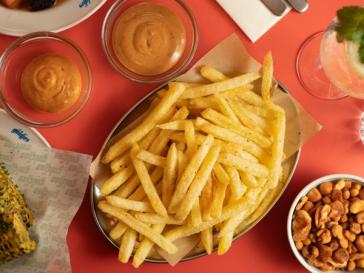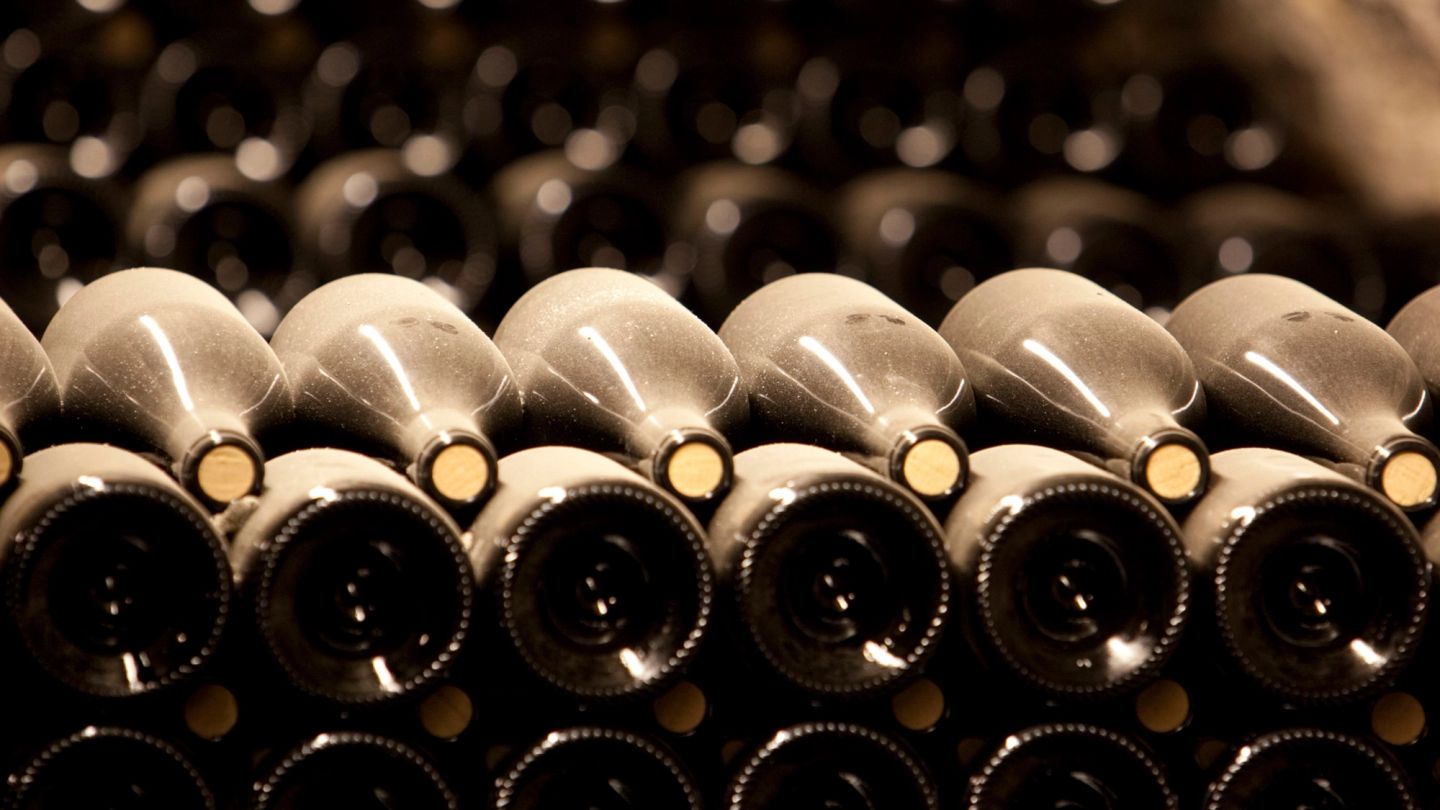

How to build your own wine cellar
Expert advice from Master of Wine Mark Bingley on everything you need to know before starting a wine collection
We all enjoy drinking wine, but what if your love of wine and champagne could make you a healthy profit as well? When it comes to starting your own wine collection, it can be a little daunting knowing how much to spend and which wines are worth the investment. That’s why we asked Fine Wine Director at Maisons Marques et Domaines Ltd, Mark Bingley, how to build a wine cellar from scratch - from the first wines you should buy and emerging wine trends, to how to store your wine and the regions and producers to look out for. Having been a Master of Wine for 40 years (only 417 people in the world have achieved this prestigious qualification), Mark was a founding Director of Maisons Marques et Domaines Ltd, the UK Agency House of Champagne Louis Roederer, representing many of the greatest private family estates of the wine world. So, it's safe to say he knows a thing or two about the best wines to invest in. The good news is - drinking some is encouraged…
Mark Bingley
JW: If someone is starting a wine collection, what are the first wine(s) or champagne(s) you recommend they should buy and why?
MB: The first question to consider is: are you collecting wine to drink when it’s mature, or just investing to sell later, hoping for profit? If for your own future pleasure, it will be great fun going to tastings to decide your preferred wine style. For example, do you like Bordeaux or Burgundy? Or maybe Italian or Spanish wines?
If you’re collecting for profit, you must choose the most in-demand wines – e.g. First or Second Growths of Bordeaux, Grand Cru Burgundy, Super Tuscans etc. However, prices of older wines have declined recently, so I would be very wary of expecting any spectacular return on investment. Remember you may decide to drink the wines, so still choose your own favourite styles.
JW: Approximately how much should you be willing to spend on your first few investments?
MB: There is no significant growth in value of lower priced wines as they mature. So you must be prepared to spend at least £1000 per dozen, if buying for investment.
JW: Which classic wine or champagne styles tend to remain popular and appreciate in value over time?
MB: Great Bordeaux Chateaux; Burgundy from top quality Domaines; top Super Tuscans and the best Californian Estates such as Diamond Creek; along with luxury cuvées of Champagne.
JW: Are there any notable or emerging trends in wine collecting currently?
MB: There is growing diversity in the Fine Wine market as prices of Bordeaux and Burgundy have shot up in recent years. UK collectors are now also looking to Barolo and Super Tuscans in Italy, single estate wines in Spain and top estates in California
JW: You’ve bought the wine - how should you store it?
MB: It’s very important to store your wine in a dark cellar with controlled temperature and humidity. If you plan to resell, store your wines in a bonded warehouse and keep them in original packaging. Storage in bond can be arranged by the wine merchant who supplies your wines.
JW: Do you believe you should buy some wine to keep, and some to drink? How do you decide what to keep, what to drink, and when?
MB: I would certainly want to drink some of the wines – sharing wine with friends and family is one of the greatest pleasures of having your own wine collection. Your tastes may change over time, so that may influence what you keep or sell, as will market prices.
JW: Are there any particular regions and producers you would recommend looking out for when building a cellar?
MB: I love the classic regions of Europe so I would definitely want great Bordeaux in my cellar, not just the First Growths. ‘Super Seconds’ like Chateau Pichon Comtesse are also getting rave reviews - these wines never go out of fashion. Luxury Vintage Champagne such as Louis Roederer Cristal is always a good option, as it fits so many occasions and is a popular investment champagne that’s wonderful to drink when around 15 years old. What’s more, Italian ‘Super Tuscans’ are delicious and mature beautifully, so I would include a top example, maybe Ornellaia or Luce, in my cellar.
JW: How does the En Primeur system work and what are the advantages and disadvantages of buying future wines?
MB: En Primeur is the system of buying wines on first release before they are bottled. You buy early to get the lowest price and can choose the bottle size you prefer – magnums or larger sizes are great for parties. You will depend on the expertise of your wine merchant to recommend the best wines in a particular vintage. But, of course, it’s important to only buy from a reputable Wine Merchant to ensure your ownership of the wine, as you will not get the wines into your storage for a year or more after the purchase.
JW: Are there any vintage ports you would recommend buying to keep to enjoy decades later?
MB: Vintage port is a wonderful wine that can age for decades but has been declining in popularity. As a result, older vintages can be a bargain. I would choose vintages 2000, 2011 or 2017 for ports to lay down to mature and be at their best at 25 or 30 years old.
JW: How important is documentation for the value of your wines?
MB: Of course proof of ownership and original invoices are important if reselling your wines. So, keep all the documentation safe!
Read more about champagne here
Become a Gentleman’s Journal member. Find out more here.



